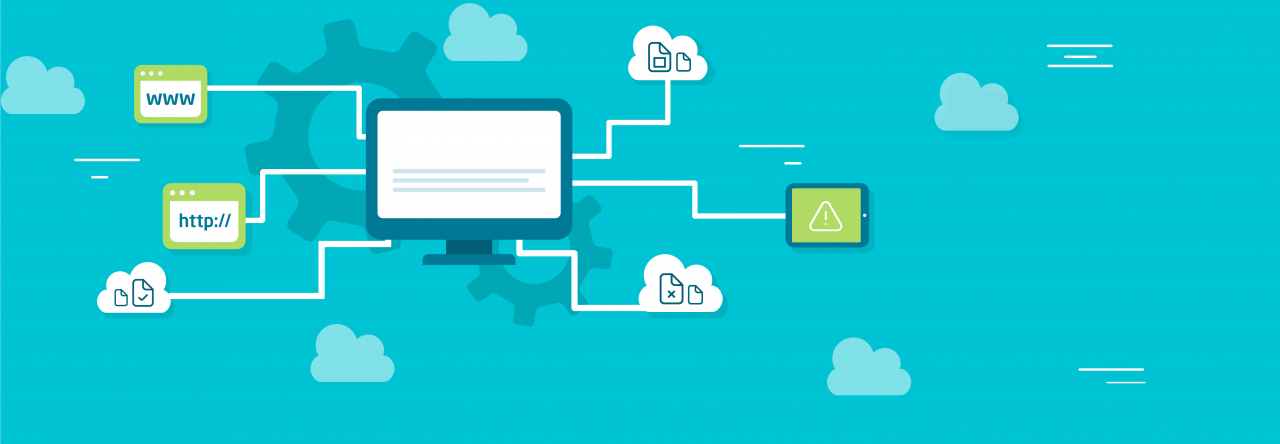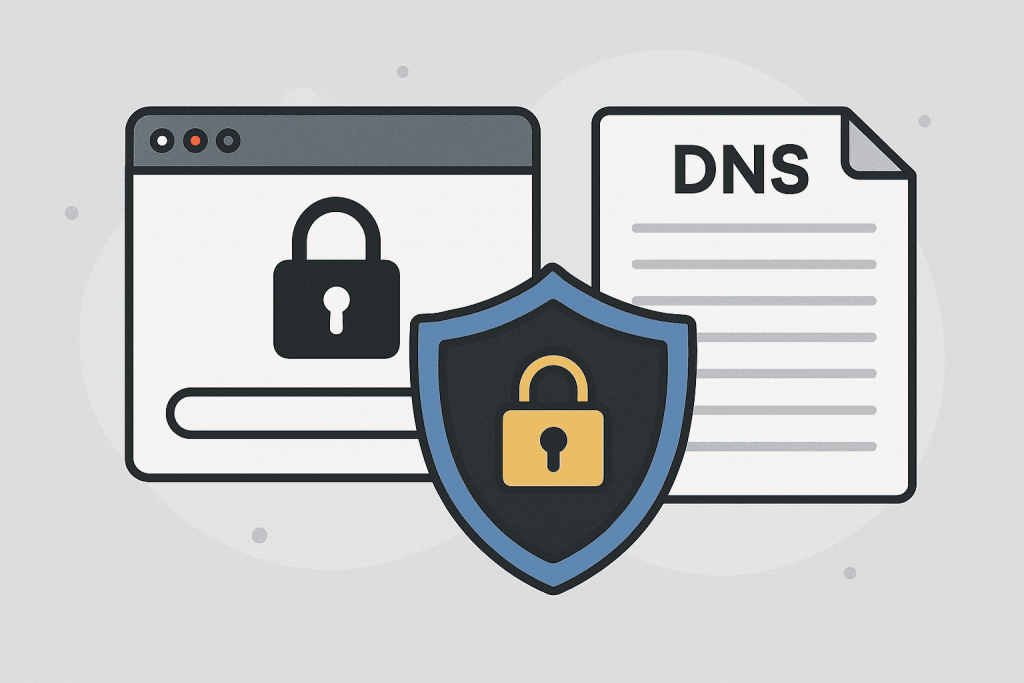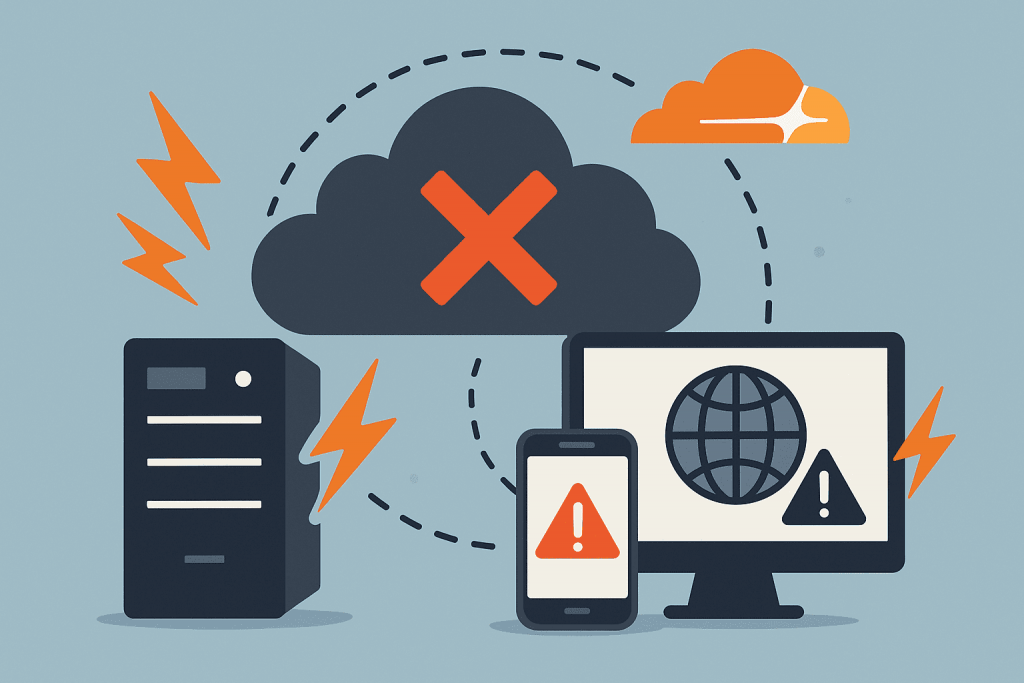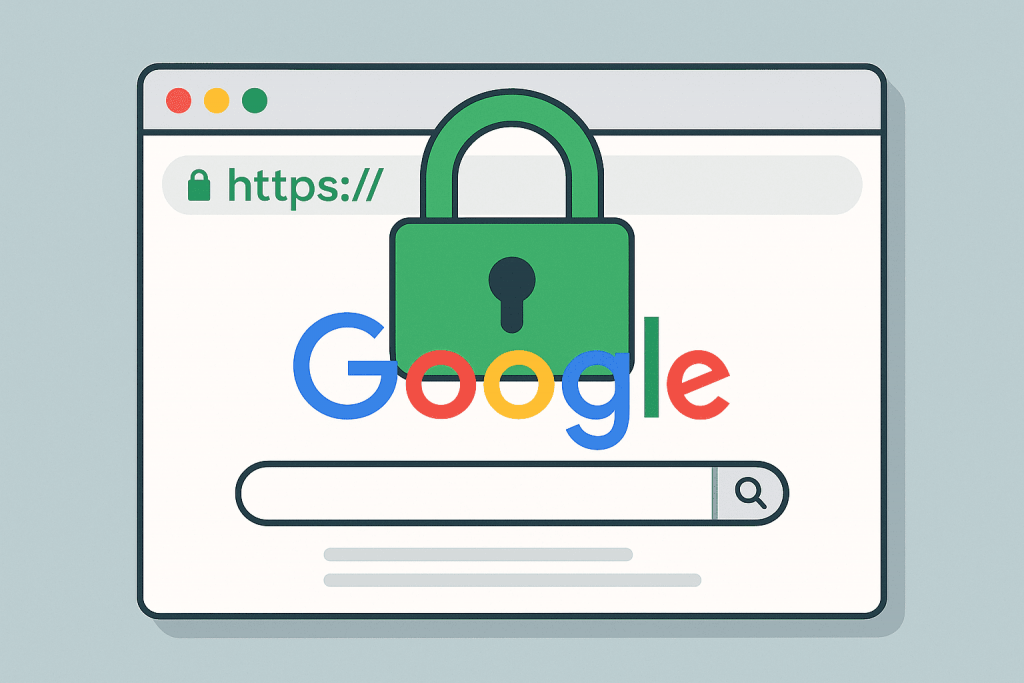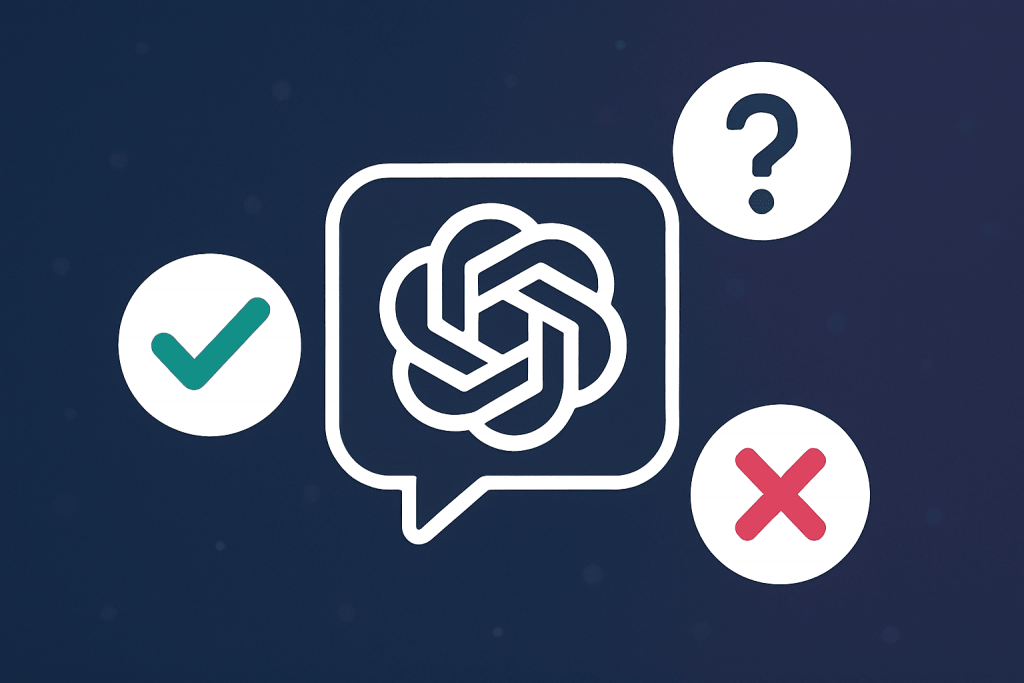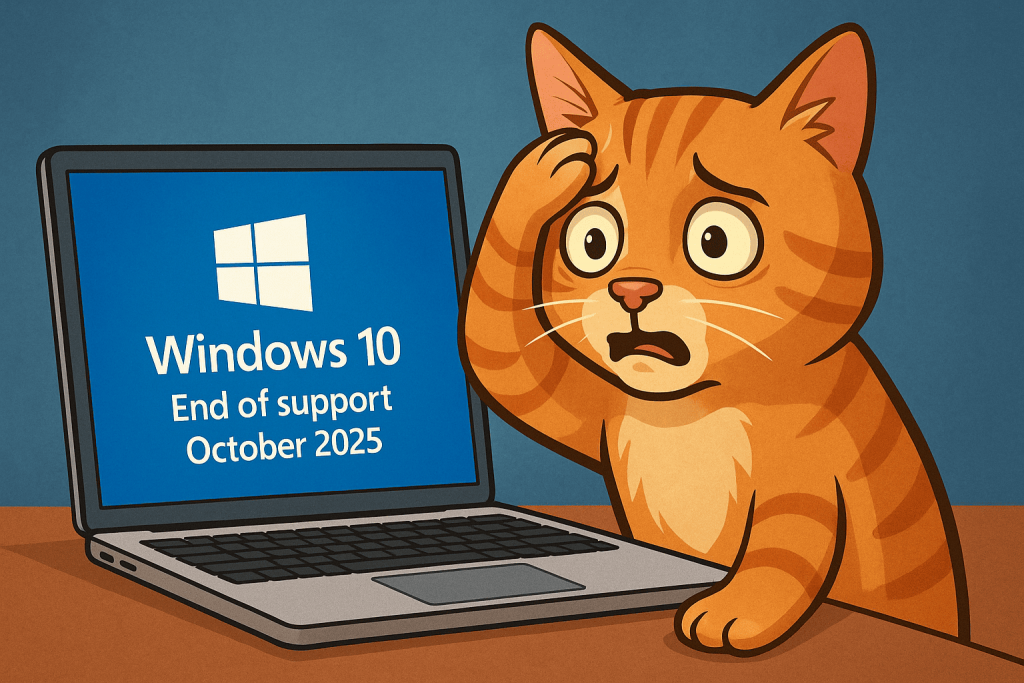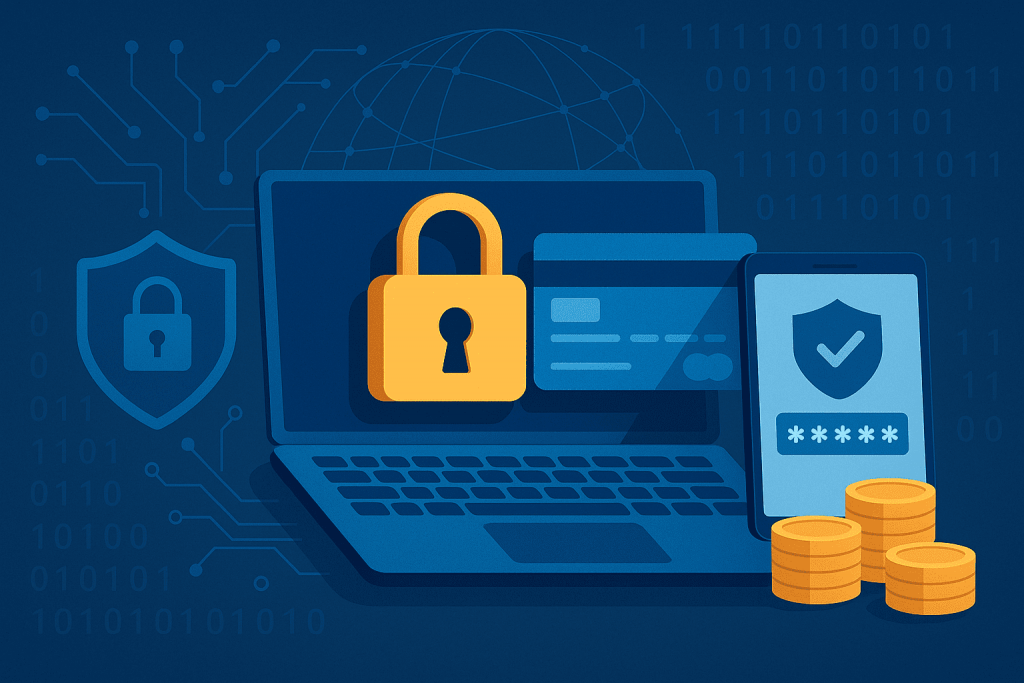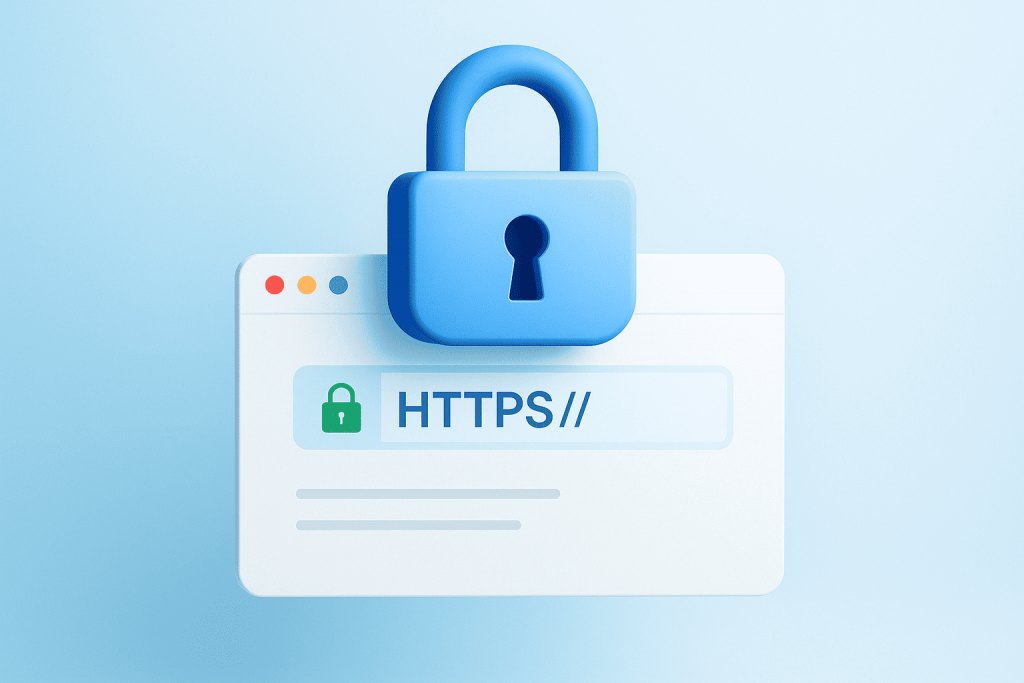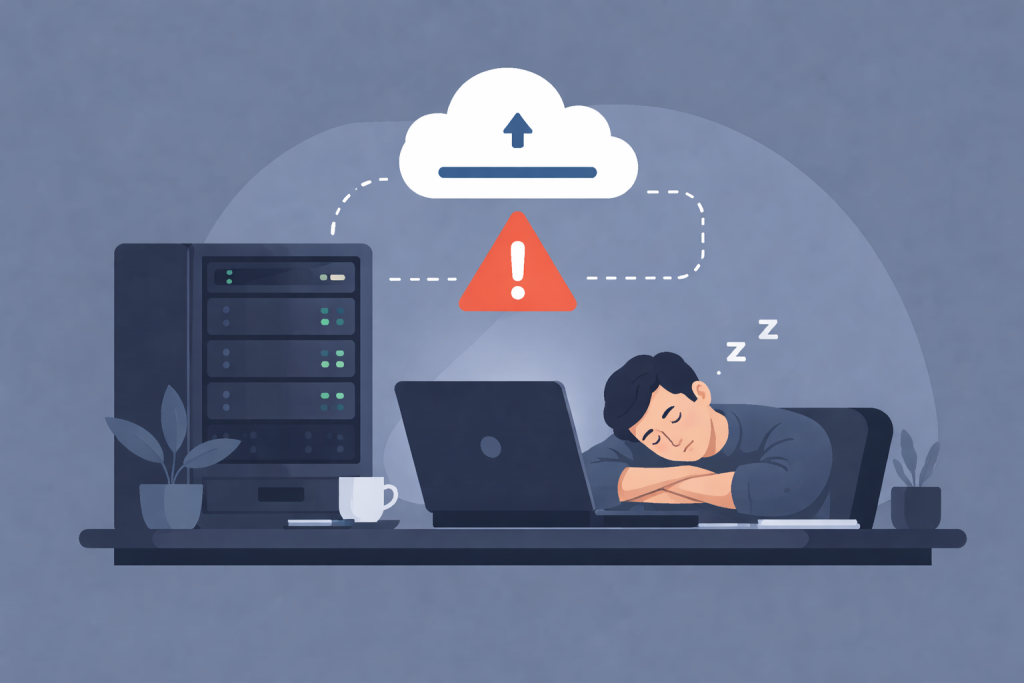
Automatic backups have long become a standard practice for websites, servers, and online services. They create a sense of security: the system copies data on a schedule, the user does not spend time, and there is confidence that in case of problems everything can be quickly restored. The term “backup” itself means a reserve copy of data — a copy of files, databases, or settings that is stored separately from the main system. However, automation often creates the illusion of complete protection, while in practice, without control, such backups can become a source of serious risks.
